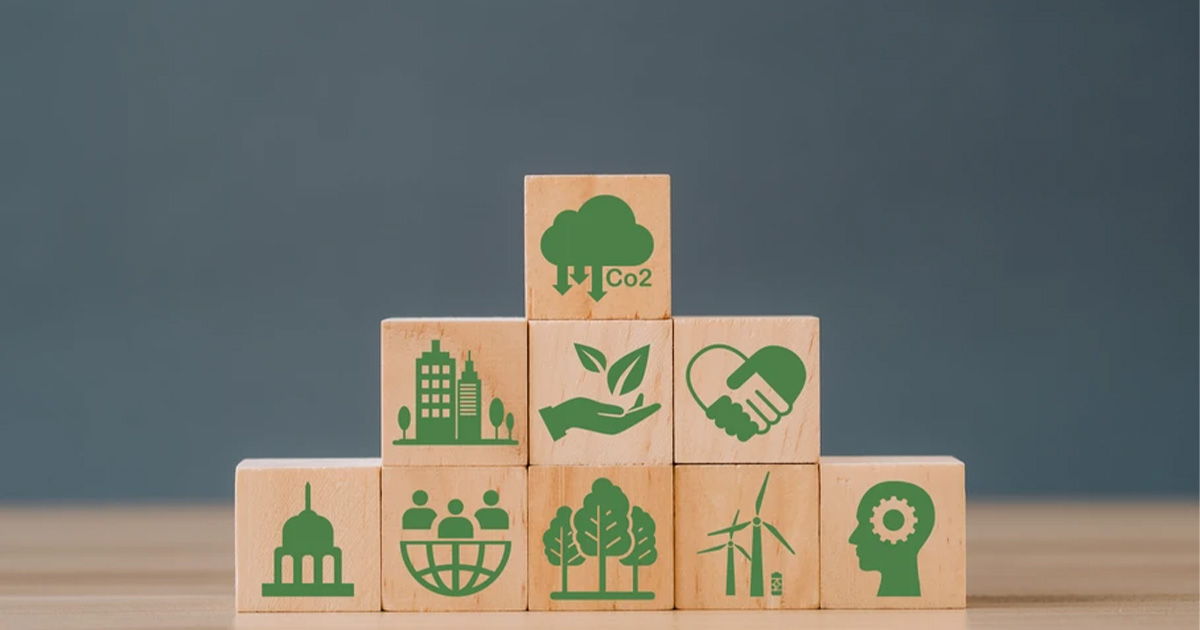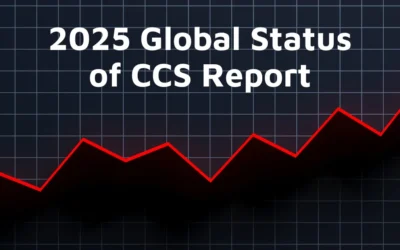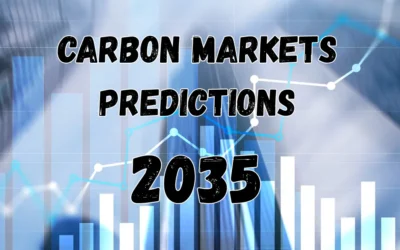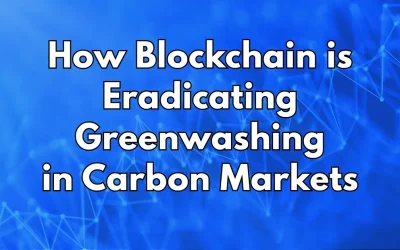Carbon credit markets are financial mechanisms designed to reduce greenhouse gas emissions by allowing organizations and individuals to purchase credits that represent a reduction in their carbon footprint. There are different carbon credit markets worldwide that operate under different regulatory frameworks and standards. Here are some of the most important:
- Voluntary Carbon Market: The Voluntary Carbon Market is a market where companies and individuals purchase carbon credits to offset their carbon footprint. These credits are typically issued by projects that reduce greenhouse gas emissions through activities such as renewable energy production or reforestation.
2. Compliance Carbon Market: The Compliance Carbon Market is a market that is designed to comply with mandatory regulations such as the EU Emissions Trading System (EU ETS) or the Regional Greenhouse Gas Initiative (RGGI) in the US. In these markets, companies that exceed their allocated emissions allowances can purchase credits to offset their emissions or pay fines for non-compliance.
3. Clean Development Mechanism (CDM): The CDM is a market that was established under the Kyoto Protocol to encourage investment in developing countries to reduce greenhouse gas emissions. In this market, companies in developed countries can invest in emission reduction projects in developing countries and earn carbon credits.
4. Joint Implementation (JI): The Joint Implementation market is similar to the CDM market, but it allows developed countries to invest in emission reduction projects in other developed countries.
5. California Carbon Market: The California Carbon Market is a compliance carbon market that operates under the California Cap-and-Trade program. It allows California companies to buy and sell allowances to emit greenhouse gases, as well as offset credits to meet their compliance obligations.
6. China Emissions Trading Scheme (ETS): The China ETS is the world’s largest carbon market, established in 2021. It covers more than 2,200 companies in the power sector and aims to reduce China’s carbon emissions.
Other regional and national carbon markets include the Northeast US Regional Greenhouse Gas Initiative (RGGI), the Australian Carbon Market, and the South Korean Emissions Trading System.
As a leader in effective and reliable solutions for reducing carbon emissions, Dynamic Carbon Credit offers clients the ability to purchase validated carbon credits. Our experts and scientists work with Fortune 500, large and medium businesses in reducing their carbon footprint and contribute to a better future for our plant.
Let’s Work Together!
Dynamic Carbon Credits is ready to show you how to solve your most pressing business challenges. Contact us today and begin seeing the results.





